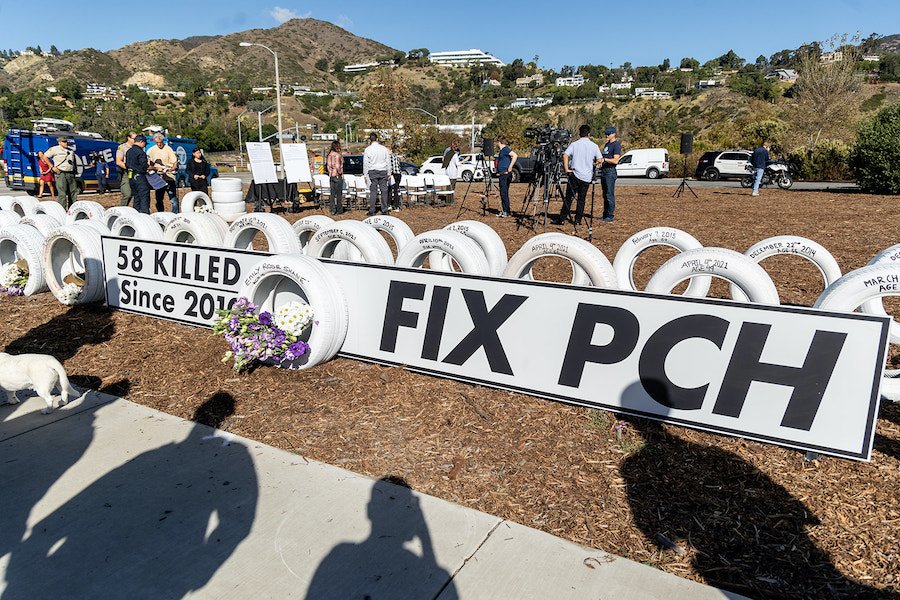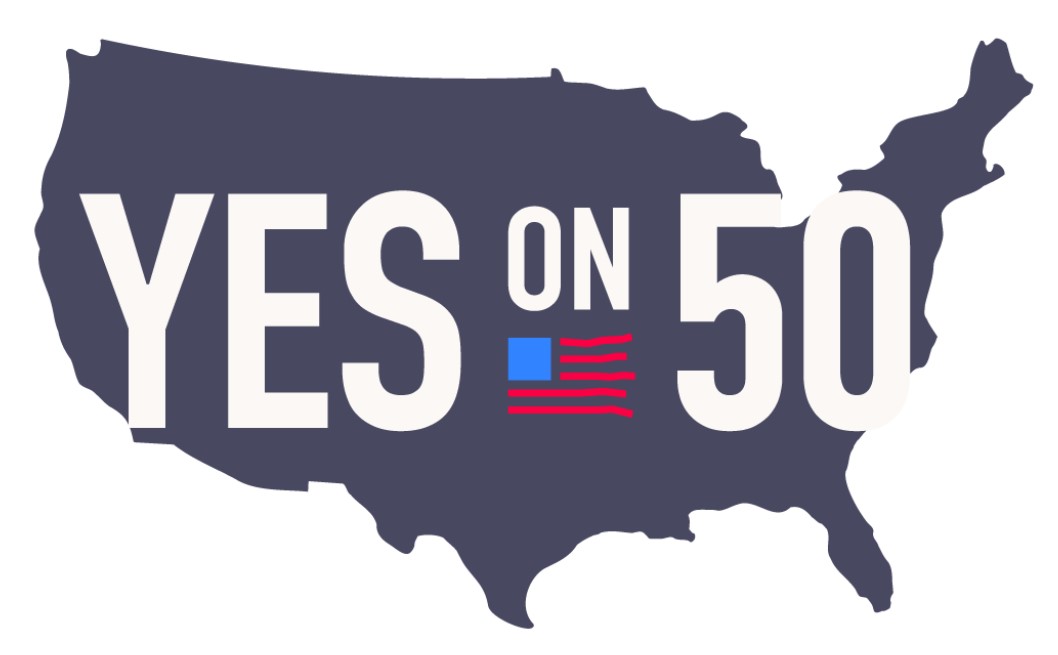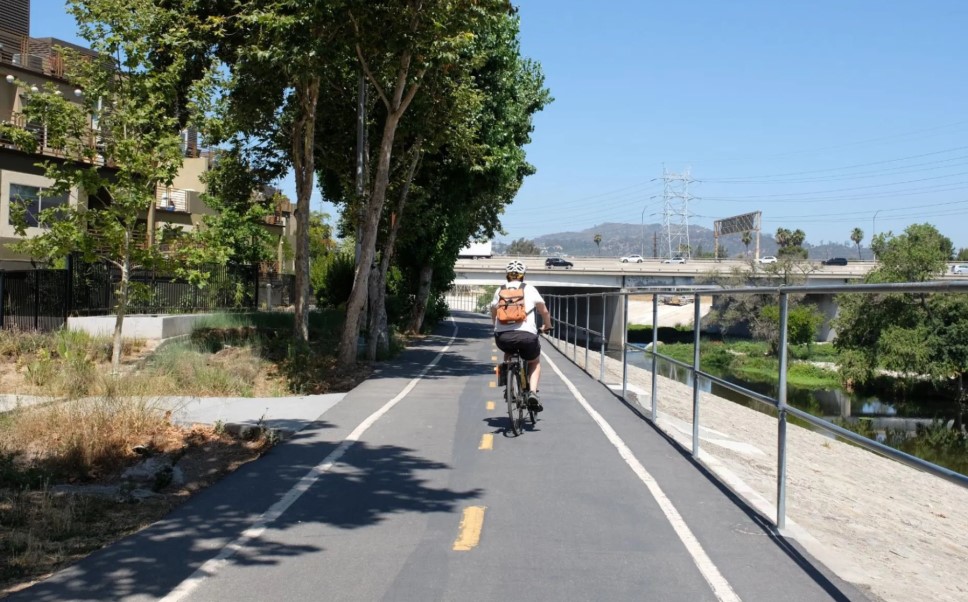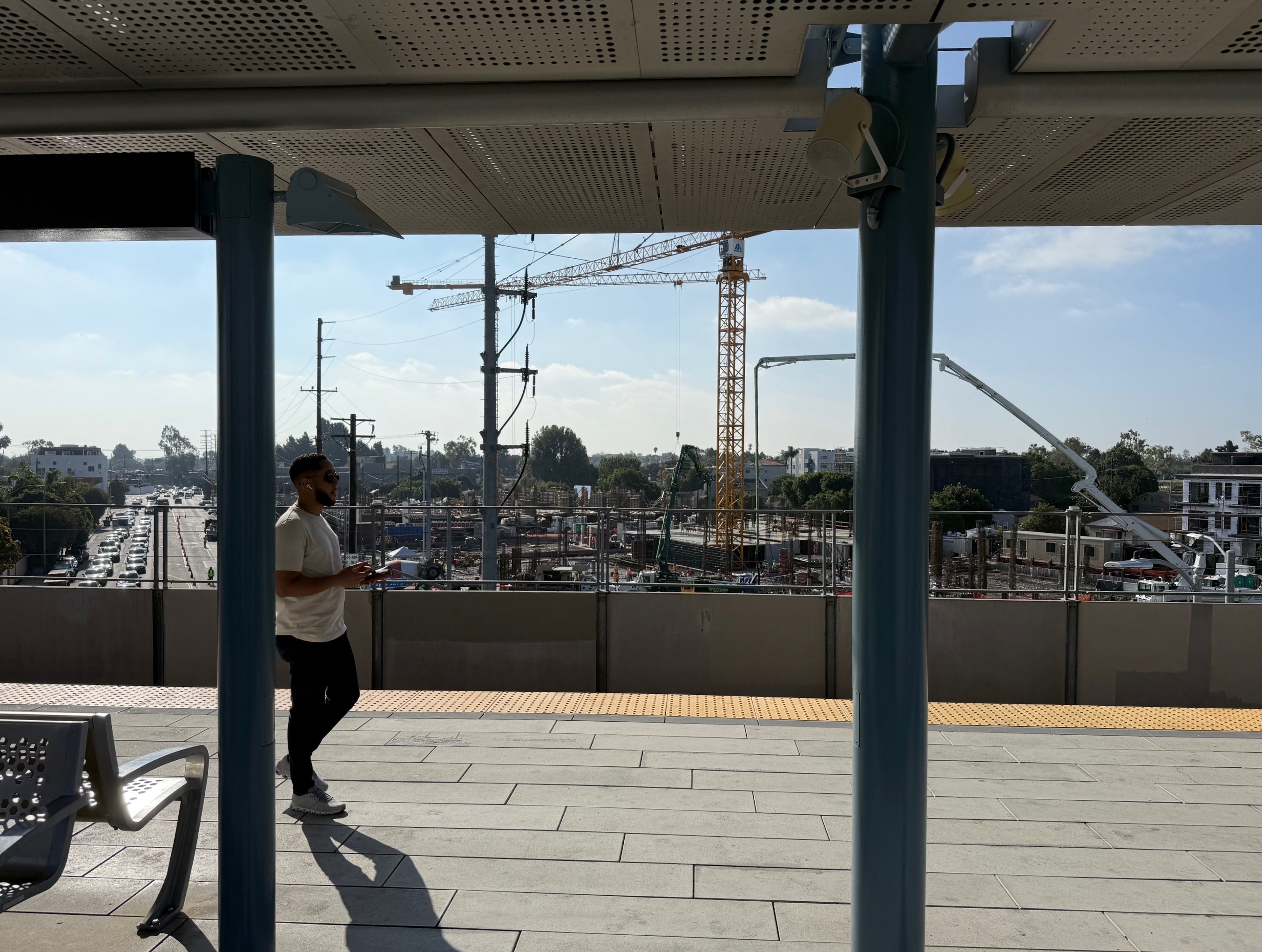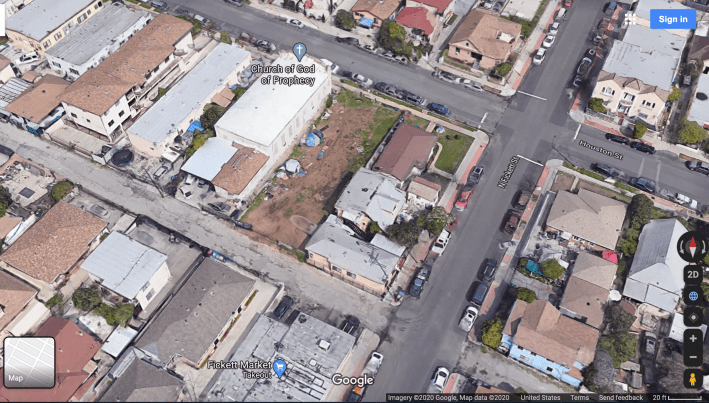
Here's more evidence that there's a shift underway in how Americans get around: The Arizona Public Interest Research Group has released a new report [PDF] showing that residents of this sprawling Sun Belt state are driving less and taking transit more.
Between 2005 and 2012, the average number of miles driven by each Arizona resident declined 10.5 percent, according to PIRG. They are now driving fewer miles per capita than they did in 1994. These trends closely track national driving declines, and show the phenomenon isn't limited to compact coastal metro areas.
In notoriously sprawling Phoenix, people are starting to ditch their cars. Between 2006 and 2011, the share of households with two or more vehicles decreased 2.9 percent, PIRG reports. And the total number of cars and trucks on the state's roads is dropping, even as the population grows. Between 2007 and 2012, the number of registered vehicles in Arizona declined 4 percent.
The authors attribute these trends to a combination of factors, including the economic downturn, the retirement of Baby Boomers, rising gas prices, increases in telecommuting, and the changing preferences of Millennials.
"It is unknown whether this increase in carless households is the result of changing preferences or economic hardship, but it does represent a dramatic reversal of the national trend toward increased vehicle ownership since at least the 1960s," write authors Serena Unrein and Diane E . Brown.
Meanwhile, transit ridership is on the rise in Arizona's major cities. In Phoenix, between 2005 and 2010, total transit trips increased 16 percent. Part of the increase is certainly due to the opening of Phoenix's light rail system in 2008. That system has been outpacing ridership projections. In the Tucson area, growth has been more dramatic. During the same period, total transit trips in metro Tucson increased 25 percent, PIRG reports.
Julian Wagner, a biology major at Arizona State University, personifies some of the changing attitudes about transportation, especially among younger people. Wagner has made biking his primary mode of transportation. He told PIRG he's able to complete most of his trips by biking, walking, or light rail.
“They eliminate the stress of dealing with traffic and car accidents, gas prices, and insurance rates," he said.
Unfortunately, state government has yet to adjust its policies to reflect the changes underway in Arizona. PIRG reports the state still has not adjusted the models it uses to forecast traffic growth, and that leads to overbuilding of roads. Meanwhile, the state constitution still forbids the use of gas tax revenue on transit projects, hampering the construction of infrastructure that aligns with shifts in travel behavior.
